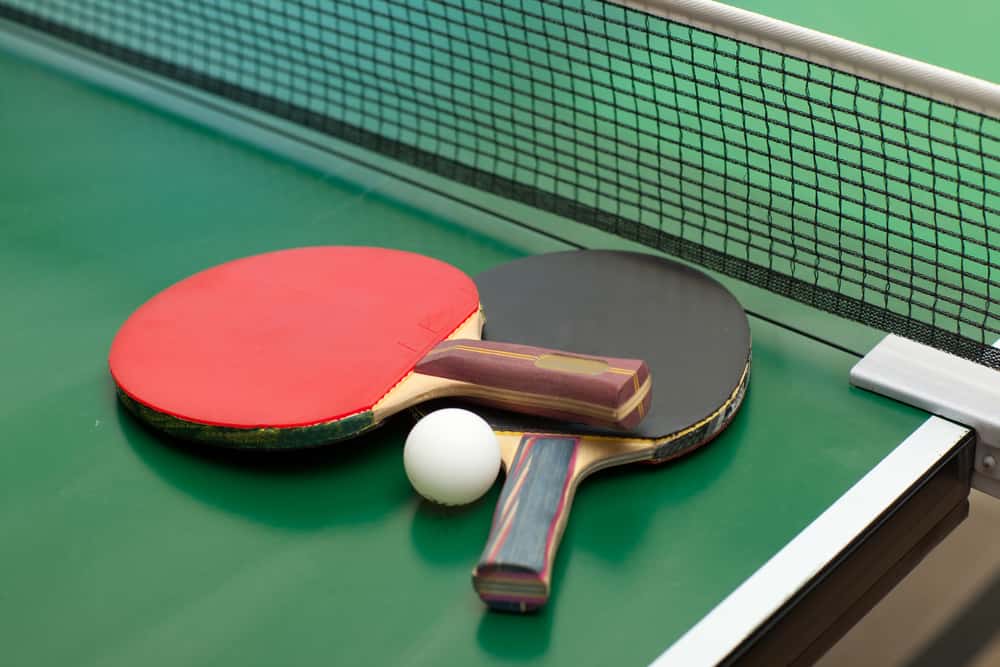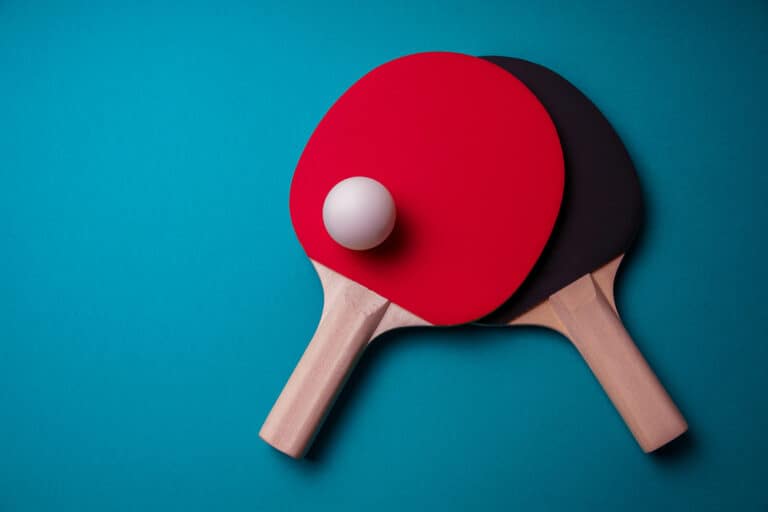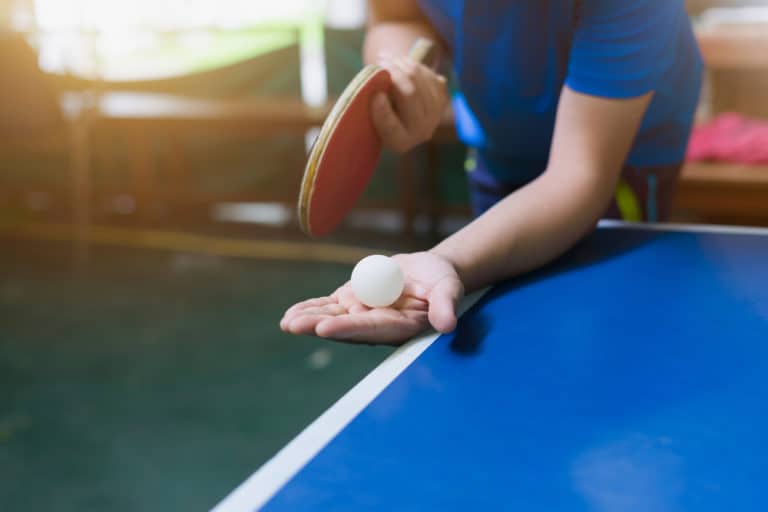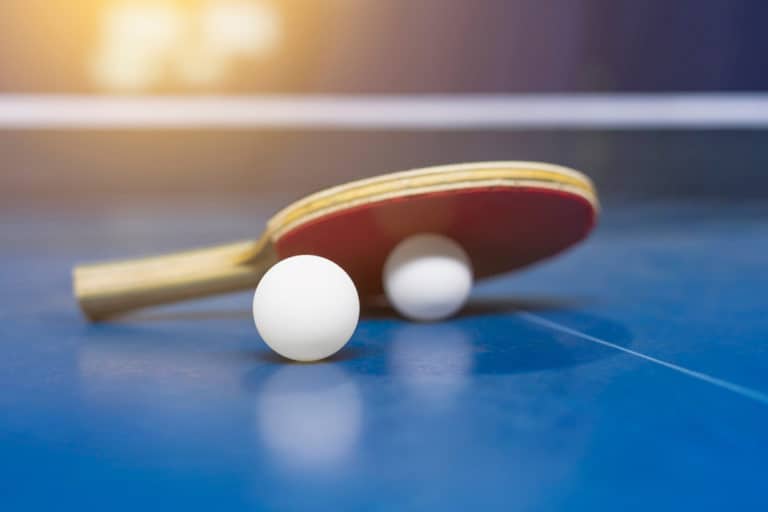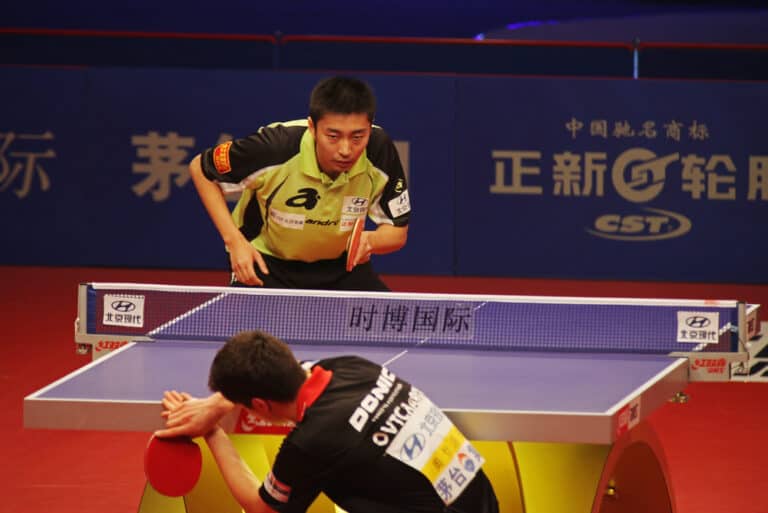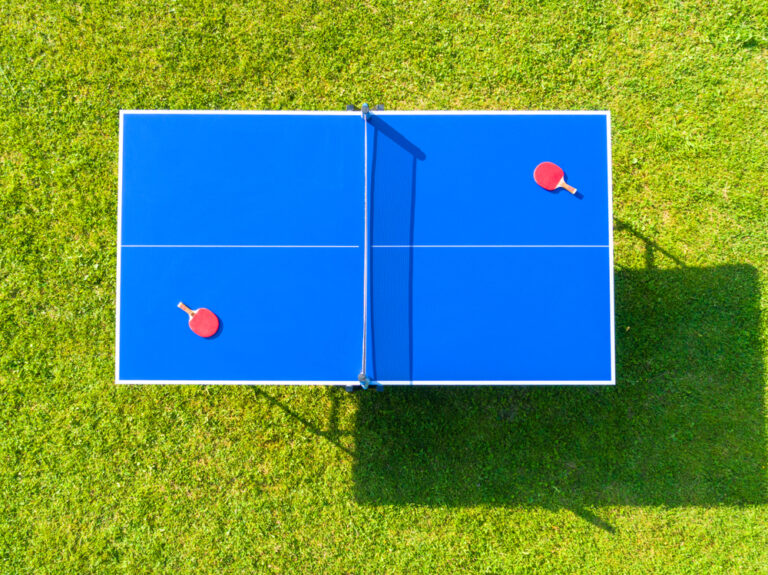Are Sandpaper Paddles Legal?
You might have wondered what the paddles tennis table players use are made of. Well, that is a complicated question. Different tournaments tend to have different rules, but what about the sandpaper paddle?
Sandpaper paddles were used initially, but since the 1950s, sponge paddles have been de rigueur, and sandpaper has fallen by the wayside. Marty Reisman was an advocate for sandpaper and hardbat paddles. His legacy has revitalized sandpaper paddles, but they are still banned in the Olympics.
Sandpaper paddles help get more grip on the ball but can damage it and have been controversial. Some people advocate for the return of sandpaper bats to make the game more interesting. To find out more, keep reading!
History Of Table Tennis
Table tennis had humble beginnings as an after-dinner parlor game in the late 1800s. Apparently, a dinner table was used with a row of books as a net and a golf ball in play.
The game was originally called Ping Pong, a name that became trademarked in 1901 by Jacques & Son Ltd. The trademarked name led to people using the term “table tennis” so as not to incur legal repercussions.
The game quickly spread to Asia and Continental Europe. The first World Table Tennis Championships were held in 1926 in London. Europeans initially dominated this game, but by the 1950s, Chinese athletes started a winning streak.
This led to the rise of so-called “Ping-Pong Diplomacy.” The meeting between American Glenn Cowan and Chinese Zhuang Zedong was historic and led to a visit by President Nixon to China and eased relations between the two countries at the height of the Cold War.
What Are Table Tennis Paddles Made Of
The body of the paddle is called the blade, which must, according to the International Table Tennis Foundation (ITTF), be made up of at least 85% natural wood. Some popular woods include kiri, ash, anigre, balsa, koto, ayous, and hinoki.
The paddle may be reinforced by carbon fiber, compressed paper, or glass fiber, but it must not be thicker than the smaller of 7.5% of the total thickness or 0.35mm. Having a carbon element increases predictability in your paddle; wood is non-uniform and has its quirks.
Racket handles are varied and should be chosen depending on what suits you. This can be figured out with experience. There are penhold, flared, anatomic and straight handles, all with their own ways of holding the paddle.
Some paddles come with table tennis grip tape. Professionals do not usually favor this, but beginners can use it to get a secure grip on the paddle. It does, however, tend to slow your game.
Rubbers must also be chosen. Thick rubbers increase speed, and hard rubbers lessen the control you have over the ball, all the while increasing the speed. You can choose from four types of rubbers: smooth, short pips, long pips, and anti-topspin.
A specific type of table tennis glue is used to amalgamate the rubbers and the blade. This must be used and not other types of glue, so the blade is not damaged. You may need to reapply the glue from time to time if the rubber starts dislodging itself.
Types Of Table Tennis Paddles
Paddles used in professional table tennis should be approved by the ITTF. The ITTF has also stipulated that the term “racket” should be used, while “paddle” is more common in the US, and people in Europe and Asia use “bat.”
There are three broad types of rackets, namely hard rubber, sandpaper, and sponge. The amateur player might not know the difference, but to professionals, these different types make a great deal of difference.
Sandpaper and “hardbat” paddles were the only options available until the 1950s when sponge paddles were invented. The story behind this invention is rather interesting.
The Marty Reisman Saga
Marty Reisman was slated to win the 1952 Mumbai Table Tennis World Championships – that is until Hiroji Satoh entered the competition with a spongy rubber on each side of the blade of his paddle.
This smooth thick rubber made it easier for Satoh to manipulate the ball and ensured his decisive victory. The ball moved faster when hit with the sponge paddle and spun wildly, meaning that the winning movement could be a mere flick of the wrist.
Reisman called for the old hardbat paddles to remain the tools of the trade but was outvoted. He objected to the new sponge paddles, mainly because the newer style of paddle failed to make the satisfying thwack when it hit the ball. Nevertheless, sponge became the new normal.
Following Reisman’s lead, some have advocated against the new sponge medium, as the games are relatively boring compared to the old hardbat games. This is because the game is confined to the wrist movement instead of being dependent on lateral reach and foot speed.
The Status Of Sandpaper
Since Reisman died in 2012, some organizers of table tennis tournaments have arranged games with hardbat or sandpaper paddles, both of which Reisman preferred over sponge. An example is the World Championship of Ping Pong, which uses sandpaper paddles.
Essentially the answer is that sandpaper paddles are illegal in some tournaments. The ITTF has banned sandpaper bats in Olympic-level competitions, eschewing them for sponge paddles, but some other competitions sanction the exclusive use of sandpaper paddles.
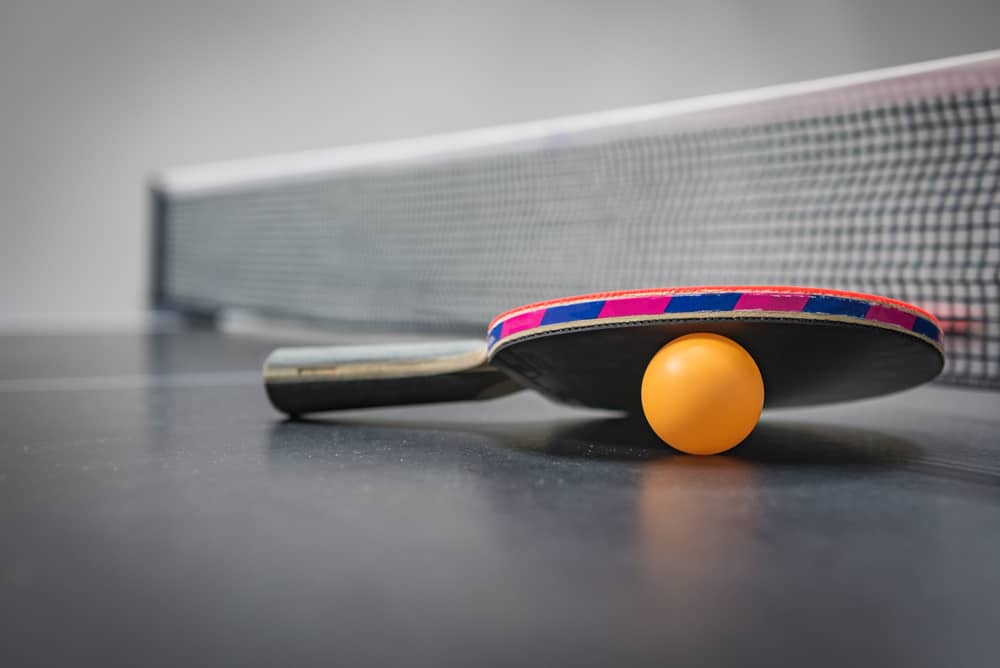
Fun Facts About Table Tennis
Table tennis is a delightful sport; it makes sense then that there would be some equally delightful fun facts about it!
- Table tennis was initially known by many names, including “Whiff Waff,” “Pom-Pom,” “Pim-Pam,” and “Clip-Clap”
- Table tennis became an Olympic sport at the 1988 Seoul Games
- The top-tier table tennis athletes can slam the ball over the net at speeds of around 70 miles per hour
- The so-called “Mozart of table tennis” is a Swede called Jan-Ove Waldner, who has won various Olympic and World Championship medals
- China holds the most gold medals in the sport currently
- ITTF Rules currently state that one side of the racket must be black and the other side must be a color distinguishable from black and the ball – traditionally, this other side was red
- The strongest countries in table tennis are China, Japan, and Germany
Conclusion
Table tennis is a prolific sport. There are three types of rackets, namely, sponge, hardbat, and sandpaper, that have dominated the sport since its inception in the late 1800s. Sandpaper rackets are often used for amateurs but also have some professional standing.
Sandpaper paddles are used in the World Championship of Ping Pong and some other tournaments after the call of Marty Reisman to forego the new sponge invention. Sandpaper paddles make the players more involved in the game than sponge bats that rely on wristwork.
Resources
- https://www.sportsrec.com/270866-parts-table-tennis-racket.html
- https://www.youtube.com/watch?v=GZwWrRKeTD4
- https://www.wsj.com/articles/SB10001424127887324634304578535532463401830
- https://www.nytimes.com/2012/12/08/nyregion/marty-reisman-82-wizard-of-table-tennis-dies.html
- https://en.wikipedia.org/wiki/Table_tennis_racket
- https://en.wikipedia.org/wiki/Table_tennis#Rule_changes
- https://www.britannica.com/sports/table-tennis
- https://www.athleticscholarships.net/history-of-table-tennis.htm
- https://www.history.com/news/ping-pong-diplomacy
- https://www.ittf.com/history/documents/historyoftabletennis/
- https://tabletennistop.com/table-tennis-blade-material-guide/
- https://tabletennistop.com/top-3-strongest-countries-in-table-tennis/
- https://tabletennistop.com/how-to-choose-a-table-tennis-racket/

